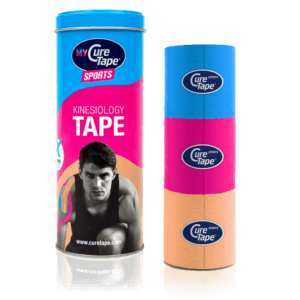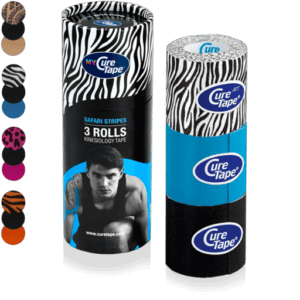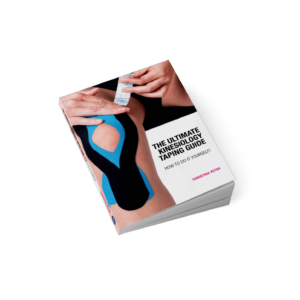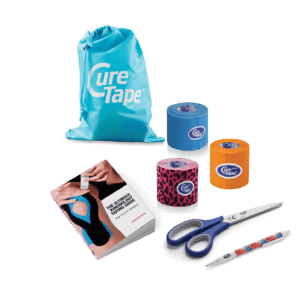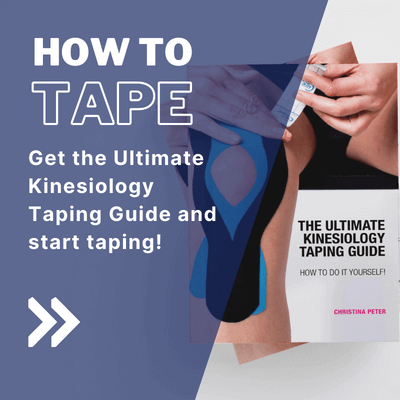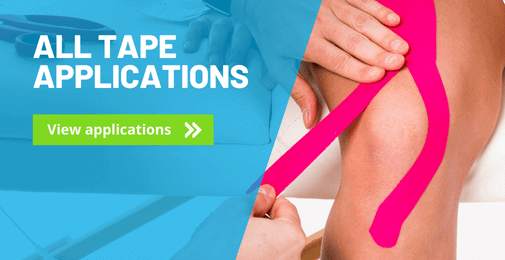Want to know how to tape TMJ? Keep on reading on this page and you will learn how to do it all yourself!
Facial pain can have various causes. If it occurs during movement of the jaw joint, for example when chewing, there may be a fault in the jaw joint. Sometimes the opening of the jaw is limited and it creaks or rubs when opening the mouth. In addition, other problems may occur, such as toothache, earache, headache, neck pain, and pressure sensitivity of the jaw joint. If you suffer from such symptoms for a long time, a consultation with a professional practitioner or doctor is recommended. The tape already relieves the jaw joint considerably. After the application, one often notices that the jaw can be opened further and that the complaints decrease.
Tips for a good taping application:
- Is the cause of the complaint or pain clear?
- Check if there any contraindications for not taping.
- Before you start taping, carefully read the instructions.
- Choose a colour of tape, any colour that fits your mood!
- Round of all the edges to prevent peeling.
- Do not stretch the tape at the beginning and the end.
- Rub the tape well for adhesion. Heat activates the adhesive layer.
- Showering or swimming is possible, pat the tape dry after it gets wet. Do not rub it hard.
- It is easier to remove the tape with body or massage oil.

Christina’s advice when taping TMJ
In the self-taping instructions, I have chosen taping applications that are easy to apply yourself. In order to make this treatment safe, I give practical tips, which you should take into account before, during and after a tape treatment. They are based on my years of practical experience. If the complaints persist, always consult a therapist or doctor.
Preparation for taping TMJ
Tape
Shape: 2 narrow I-strips.
Number of strips: 2.
Technique: Ligament technique (maximum/full stretch).
Measuring and cutting the tape
Take a piece of tape 5 cm wide and cut it in half lengthwise. Or get our CureTape 2.5cm rolls instead!
Application
Step 1:
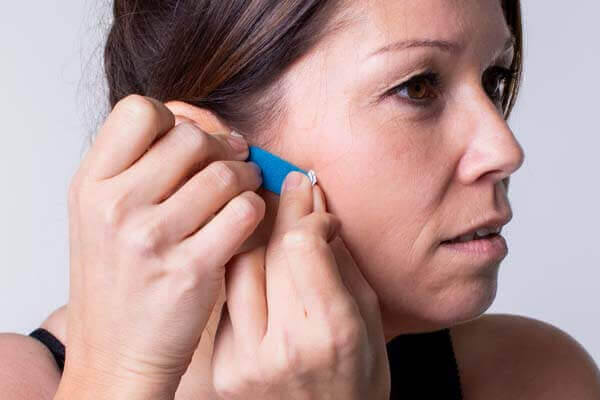
Step 2:
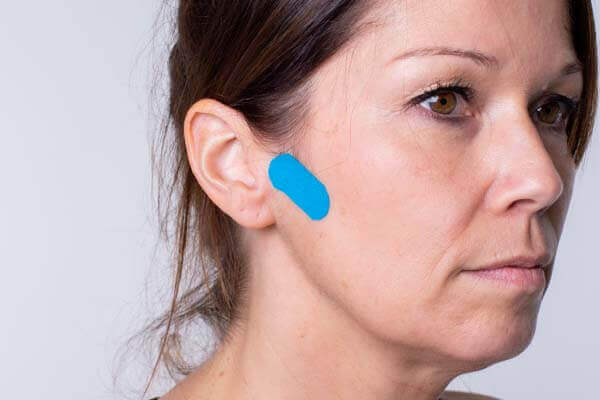
Step 3:
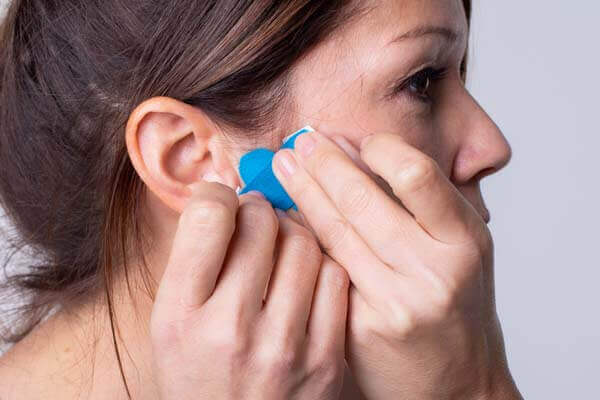
Step 4:

- Stand in front of the mirror and try to relax your jaw completely.
- Tear the release paper in half and fold the paper away on both sides.
- Bring the small middle section to maximum tension. Open the mouth slightly and apply the stretched tape horizontally directly to the jaw joint.
- Repeat this application technique with the second tape, and place it crosswise (vertically) over the first tape.
- Rub both tapes well to activate the adhesive with body heat.
Learn how to tape
- 30 taping instructions for common injuries that taping can help you with
- 176 pages of clear written instructions
- 200 step-by-step instructions accompanied by photo’s, illustrations and scannable video’s through QR codes
What are you waiting for? Order your copy today!
*This book is intended for people who want to tape an injury or complaint themselves. If uncertain about the complaint, consult a physiotherapist.
THYSOL is the manufacturer of the kinesiology tape brand CureTape. As CureTape, we have been training and supplying professionals for almost 25 years. And consumers now know how to find us too! By manufacturing all our tapes in our own factory, we can guarantee the best quality!
Please note that the indicated tape applications and information on our website about the possibilities with kinesiology tape have not yet been scientifically proven. The statements and examples mentioned are based on long-term experiences of patients and trained therapists.
Contraindications not to tape: pregnancy, open wounds, broken bones, unexplained complaints, allergies and skin diseases, use of medication such as blood thinners, thrombosis and fever. Always apply tape in consultation with a specialist.

